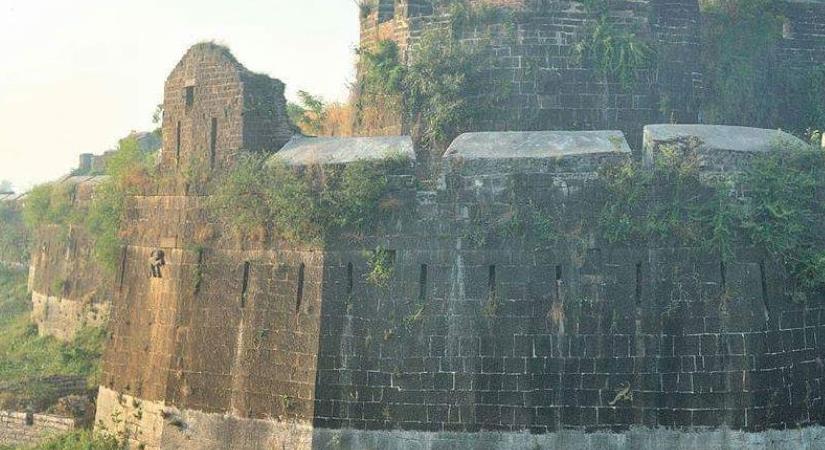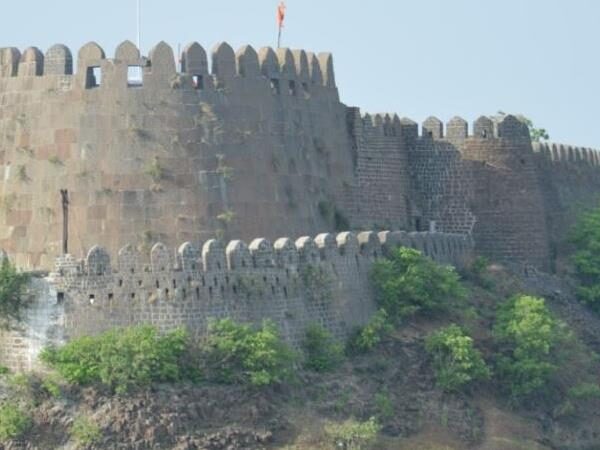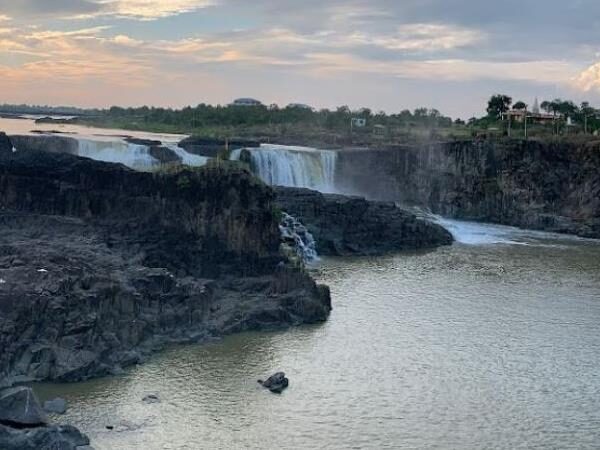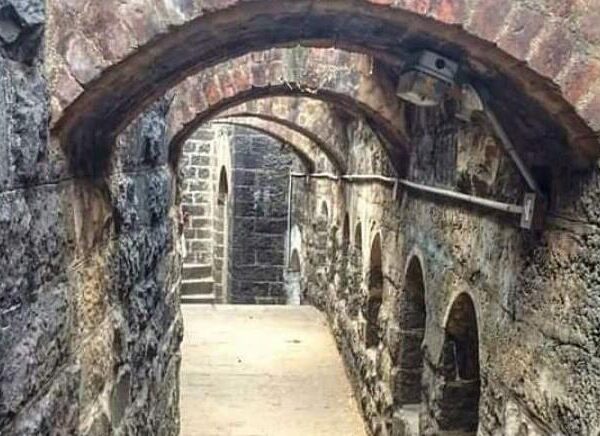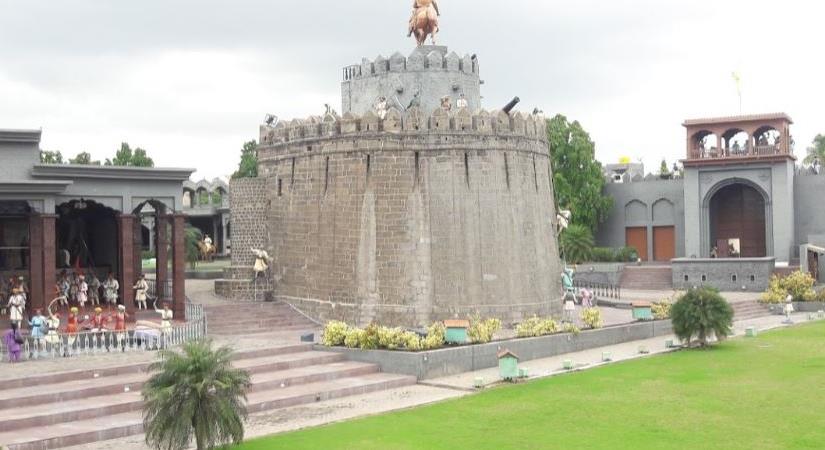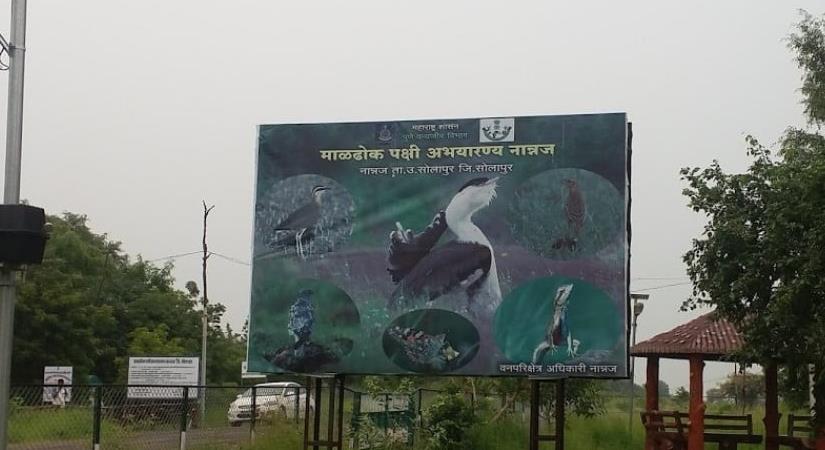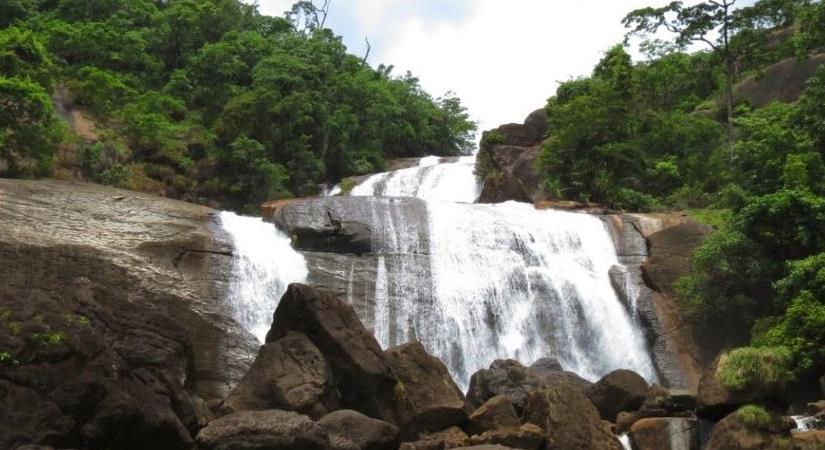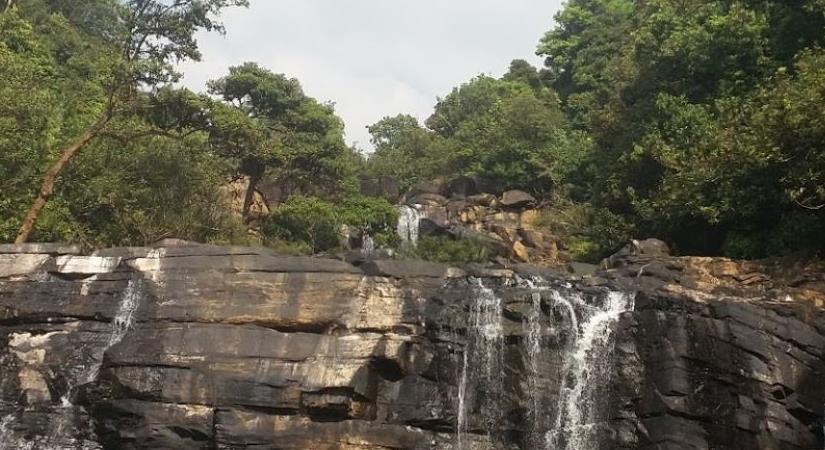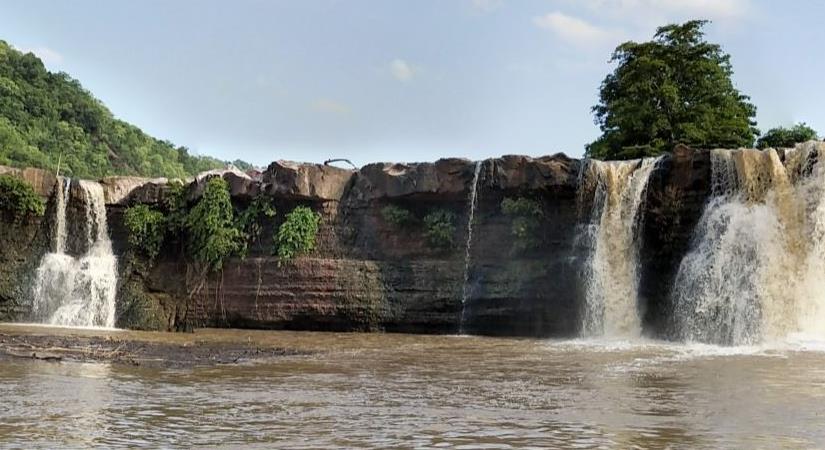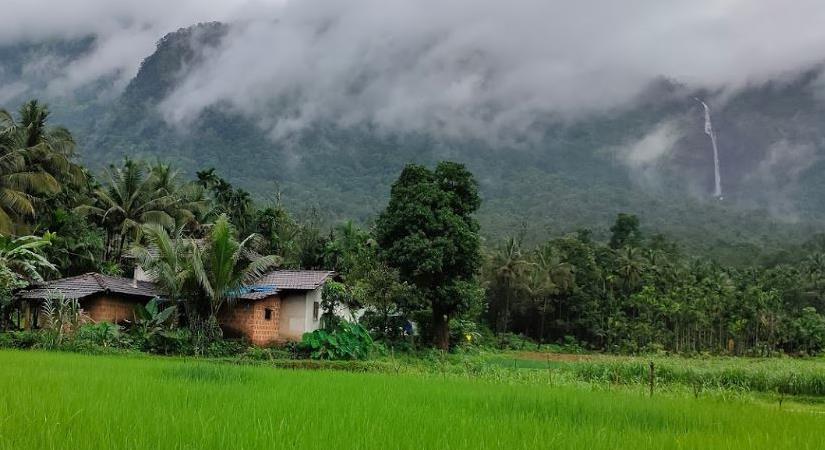Shivleni Caves is in Ambajogai, Maharashtra, India. As we explore the rock-cut cave monuments, we find, these are not only historically significant but also fascinating to explore.
Legend has it that the Shivleni Caves were the wedding court of the Jogaidevi, whose temple is located nearby. However, the wedding was never solemnized as supernatural forces intervened, turning everything, including the elephants, to stone!
The site boasts of intricate carvings and sculptures of Hindu deities such as Shiva, Saptamatrukas, and Ganesha. As you make your way through the square-shaped caves carved deep inside the hill, you’ll come across the impressive Nandi Mandap in the courtyard, with an elegantly carved image of Nandi at its center.
And that’s not all! The inside of the caves is adorned with sculptures of Shiva and Ganesha, with one hall supported by thirty-two pillars. It’s no wonder that the Shivleni Caves are a protected monument in the care of the Department of Archaeology of Maharashtra and an Archaeological Survey of India Heritage Site.
History buffs will be interested to know that the caves date back to the reign of King Udayaditya from the Paramara dynasty of Malwa, with an inscription found here dated Saka 1066. The inscription records the grant for the maintenance of these caves by King Udayaditya, who is referenced as “Mahamandaleshvar.”
But wait, there’s more! Locals believe that there is a tunnel in the Hattikhana leading to Parli Vaijanath, around 25 km away, that was closed by the authorities. Now that’s a secret tunnel that’s definitely worth exploring!
So, what are you waiting for? Head over to the Shivleni Caves and immerse yourself in the beauty and history of this magnificent monument.
“List of State Protected Monuments in Maharashtra” as a protected monument in the care of the Department of Archaeology of Maharashtra, under the Maharashtra Ancient Monuments and Archeological Sites and Remains Act, 1960. The Shivleni Caves have also been an Archaeological Survey of India Heritage Site.
Shivleni Caves are situated hardly half a kilometer to the north-west of Yogeshvari Temple, along the banks of the Jayvanti river. The caves are square in shape and are carved deep inside the hill. The entrance is on the southern side of the hill. Inside Mandap (pavilion) has an 8.36 sq m. court-yard in front and the roof of Mandap is supported by four pillars.
An inscription found here dated Saka 1066 records the grant for the maintenance of these caves by the king Udayaditya who is referenced as “Mahamandaleshvar”. According to the inscription, villages of Sailu, Kumbhephal, Javalganv and a few others were granted to the Shiva temple. This inscription has been relocated to the Tahsildar’s office at Ambajogai for safe custody and preservation.
